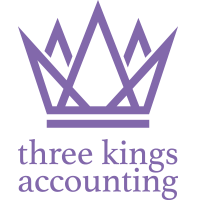The UK property market, whilst cyclical, has proved over the long-term to be a very successful investment. This has resulted in a massive expansion in the buy to let sector.
Buy to let involves investing in property with the expectation of capital growth with the rental income from tenants covering the mortgage costs and any outgoings.
However, the gross return from buy to let properties (ie the rent received less costs such as letting fees, maintenance, service charges and insurance) is no longer as attractive as it once was. Investors need to take a view on the likelihood of capital appreciation exceeding inflation.
This factsheet should be considered only in the context of a UK resident property owner.
Factors to consider
Do
- think of your investment as medium to long-term
- research the local market
- do your sums carefully
- consider decorating to a high standard to attract tenants quickly.
Don’t
- purchase anything with serious maintenance problems
- think that friends and relatives can look after the letting for you – you’re probably better off with a full management service
- cut corners with tenancy agreements and other legal documentation.
Which property?
Investing in a buy to let property is not the same as buying your own home. You may wish to get an agent to advise you of the local market for rented property. Is there a demand for say, two bedroom flats or four bedroom houses or properties close to schools or transport links? An agent will also be able to advise you of the standard of decoration and furnishings which are expected to get a quick let.
Agents
Letting property can be very time consuming and inconvenient. Tenants will expect a quick solution if the central heating breaks down over the bank holiday weekend! Also do you want to advertise the property yourself and show around prospective tenants? An agent will be able to deal with all of this for you.
Tenancy agreements
This important document will ensure that the legal position is clear.
Taxation
When buying to let, taxation aspects must be considered.
Tax on rental income
Income tax will be payable on the rents received after deducting allowable expenses. Allowable expenses include repairs, agent’s letting fees and an allowance for furnishings
Restriction loan interest relief for ‘buy to let’ landlords
The amount of income tax relief landlords can get on residential property finance costs has been restricted to the basic rate of income tax. Finance costs include mortgage interest, interest on loans to buy furnishings and fees incurred when taking out or repaying mortgages or loans. No relief is available for capital repayments of a mortgage or loan.
This restriction does not apply to non-residential landlords.
Replacement of furnishings
A relief enables all landlords of residential dwelling houses to deduct the costs they actually incur on replacing furnishings, appliances and kitchenware in the property. Relief is due on the cost of replacing furnishings to a wide range of property businesses.
Examples of eligible capital expenditure are:
- furniture
- furnishings
- appliances (including white goods)
- kitchenware
but excludes items which are fixtures.
However, the relief is limited to the cost of an equivalent item if there is an improvement on the old item. The deduction is not available where rent-a-room relief is claimed.
Tax on sale
Capital gains tax (CGT) will be payable on the eventual sale of the property. The tax will be charged on the disposal proceeds less the original cost of the property, certain legal costs and any capital improvements made to the property. This gain may be further reduced by any annual exemption available.
CGT is generally charged at 18% within the basic rate and 24% for higher rates.
CGT is payable on 31 January after the end of the tax year in which the gain is made. A payment on account of any CGT due on the disposal of residential property is required to be made within 60 days of the completion of the disposal.
Student lettings
Buy to let may make sense if you have children at college or university. It is important that the arrangement is structured correctly. The student should purchase the property (with the parent acting as guarantor on the mortgage). There are several advantages to this arrangement.
Advantages
This is a cost effective way of providing your child with somewhere decent to live.
Rental income on letting spare rooms to other students should be sufficient to cover the mortgage repayments from a cash flow perspective.
As long as the property is the child’s only property it should be exempt from CGT on its eventual sale as it will be regarded as their main residence.
The amount of rental income chargeable to income tax is reduced by a deduction known as ‘rent a room relief’ (£7,500). In this situation no expenses are tax deductible. Alternatively expenses can be deducted from income under normal letting rules where this is more beneficial.
Tax allowance for property and trading income
Two £1,000 allowances for property and trading income are available.
Where the allowances cover all of an individual’s relevant income (before expenses) then they no longer have to declare or pay tax on this income. Those with higher amounts of income have the choice, when calculating their taxable profits, of deducting the allowance from their receipts, instead of deducting the actual allowable expenses. The trading allowance will also apply for Class 4 NICs.
The allowances do not apply to income on which rent a room relief is given. Neither do the allowances apply to partnership income from carrying on a trade, profession or property business in partnership.
The trading allowance may also apply to certain miscellaneous income from providing assets or services to the extent that the £1,000 trading allowance is not otherwise used.
How we can help
Whilst some generalisations can be made about buy to let properties it is always necessary to tailor any advice to your personal situation. Any plan must take into account your circumstances and aspirations.
Whilst a successful buy to let cannot be guaranteed, professional advice can help to sort out some of the potential problems and structure the investment correctly.
We would be happy to discuss buy to let further with you. Please contact us for more detailed advice.


